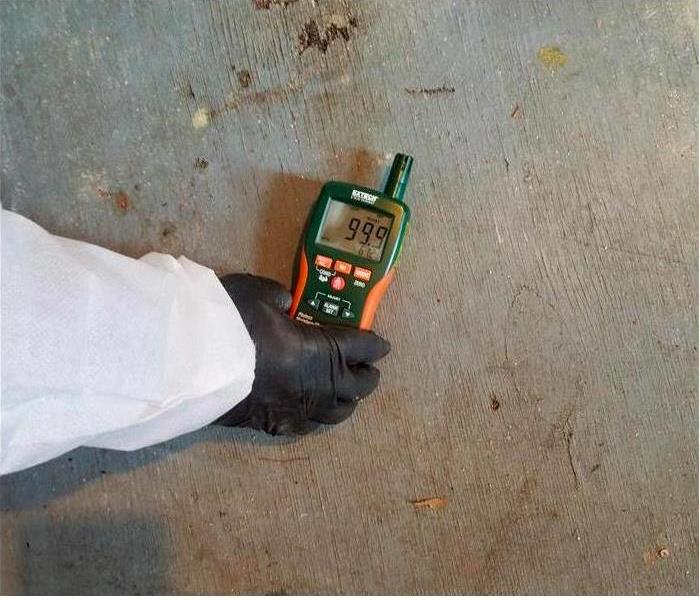3 Mold Prevention Tips for Your Commercial Property
7/23/2022 (Permalink)
Here Are Some Other Mold Prevention Tips
Mold is not something to be taken lightly. The fungus can appear on paper, carpets and other parts of your Folcroft, PA commercial building. Mold can even grow above ceiling tiles and behind walls. The fungus can cause extensive harm to your property that necessitates professional mold remediation services.
Mold is especially common in moist areas. You can thus reduce mold by limiting the amount of water damage to your building. Here are some other mold prevention tips.
1. Ventilate Properly
Commercial kitchens and laundry rooms can release moisture into the air that encourages mold growth. Make sure that any stoves and dryers are vented outdoors. You may also want to purchase dehumidifiers for your property. Clean these dehumidifiers regularly so they do not produce any additional moisture.
Energy-efficient buildings, in particular, may trap moisture in the air. If your property has energy-efficient appliances, consider running an exhaust fan or opening the window when they are being used.
2. Dry Wet Spots
Ideally, you should prevent leaks and other causes of water damage to your property. However, accidental floods may still occur. If you do discover standing water in your building, you need to address it within 48 hours. Any equipment or furniture that cannot be completely dried should be removed from the premises. Mold can even grow on wet clothes, so hang them to dry outside if possible.
3. Reduce Humidity
Humid locations are particularly vulnerable to mold. Keep the indoor humidity between 30 and 60 percent at all times. You can purchase a moisture meter at a hardware store to make sure you are staying within this recommended guideline. Keep an eye out for condensation and other signs of humidity.
Since mold appears naturally in the environment, you cannot completely eradicate it from your property. However, by reducing moisture and immediately addressing any water damage, you can prevent excessive mold growth that could destroy your building.






 24/7 Emergency Service
24/7 Emergency Service
